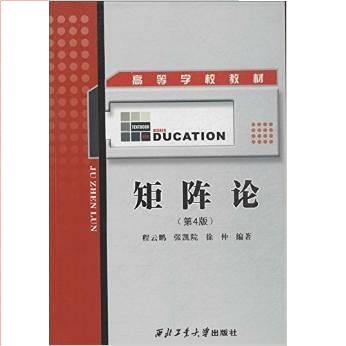The analysis of parametric and non-parametric uncertainties of very large dynamical systems requires the construction of a stochastic model of said system. Linear approaches relying on random matrix theory and principal componant analysis can be used when systems undergo low-frequency vibrations. In the case of fast dynamics and wave propagation, we investigate a random generator of boundary conditions for fast submodels by using machine learning. We show that the use of non-linear techniques in machine learning and data-driven methods is highly relevant. Physics-informed neural networks is a possible choice for a data-driven method to replace linear modal analysis. An architecture that support a random component is necessary for the construction of the stochastic model of the physical system for non-parametric uncertainties, since the goal is to learn the underlying probabilistic distribution of uncertainty in the data. Generative Adversarial Networks (GANs) are suited for such applications, where the Wasserstein-GAN with gradient penalty variant offers improved convergence results for our problem. The objective of our approach is to train a GAN on data from a finite element method code (Fenics) so as to extract stochastic boundary conditions for faster finite element predictions on a submodel. The submodel and the training data have both the same geometrical support. It is a zone of interest for uncertainty quantification and relevant to engineering purposes. In the exploitation phase, the framework can be viewed as a randomized and parametrized simulation generator on the submodel, which can be used as a Monte Carlo estimator.
翻译:对极大型动态系统的参数性和非参数性不确定性进行分析,需要构建一个数据驱动模型,以取代线性模型分析。当系统发生低频振动时,可以使用依赖随机矩阵理论和主要对等分析的线性方法。在快速动态和波波传播的情况下,我们通过机器学习,调查快速子模型边界条件随机生成器。我们表明,在机器学习和数据驱动方法中使用非线性技术非常相关。物理智能神经网络是数据驱动方法取代线性模型分析的一种可能选择。一个支持随机组成部分的架构,对于建设物理系统非参数不确定性的随机分析模型是必要的,因为目标是了解数据不确定性的基本概率分布。General Adversarial 网络(GANs)适用于这种应用,在机器学习和数据驱动方法中使用非线性刑罚变异位法-GAN(Wasserrstein-GAN)可以为我们的问题提供更好的趋同结果。我们的方法的目的是从一个固定要素代码(Fenicals)对GAN数据进行数据培训。在精确度参数代码(Fenicas)上进行随机化分析,在精确度模型中可以用来进行精确度数据分析。




